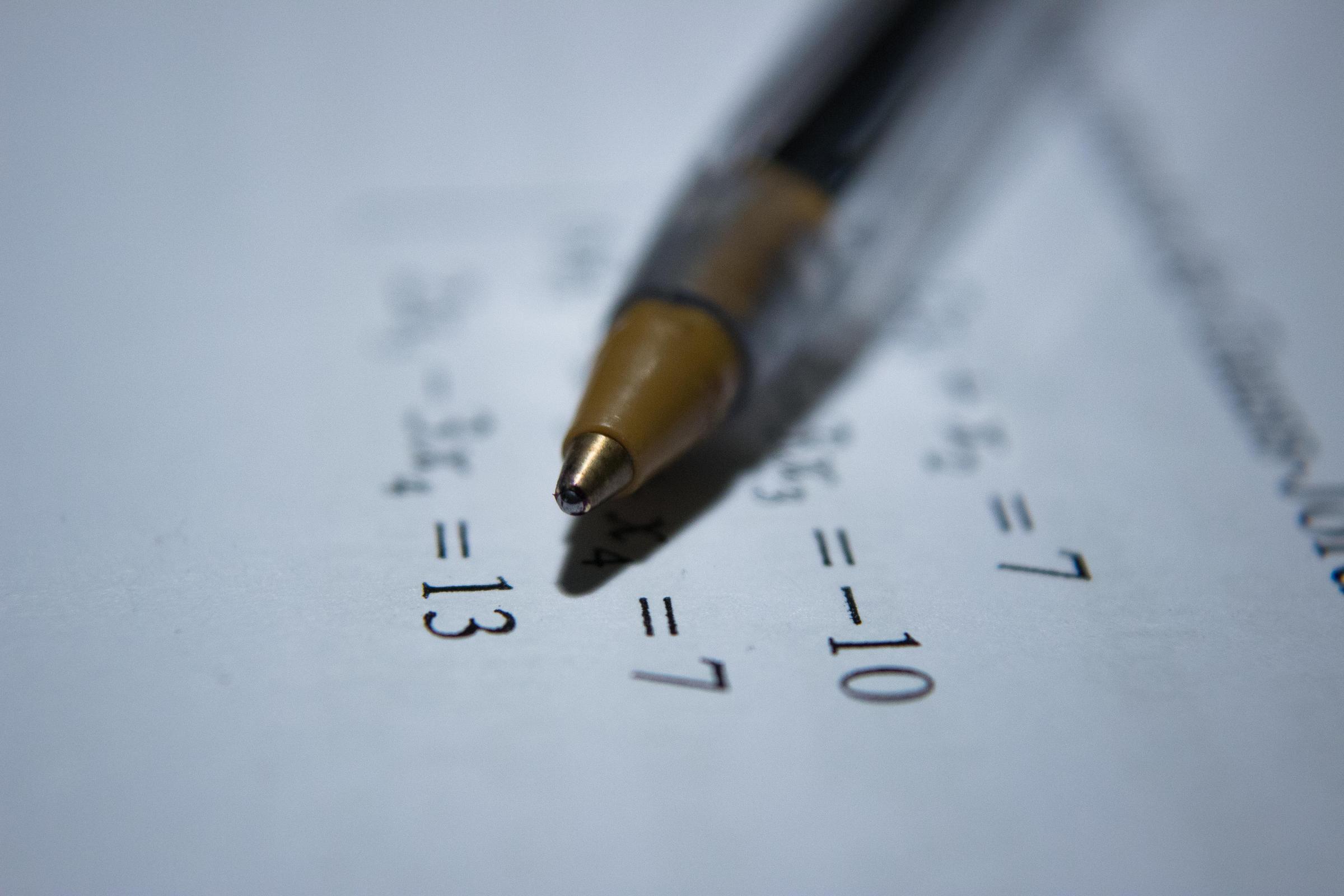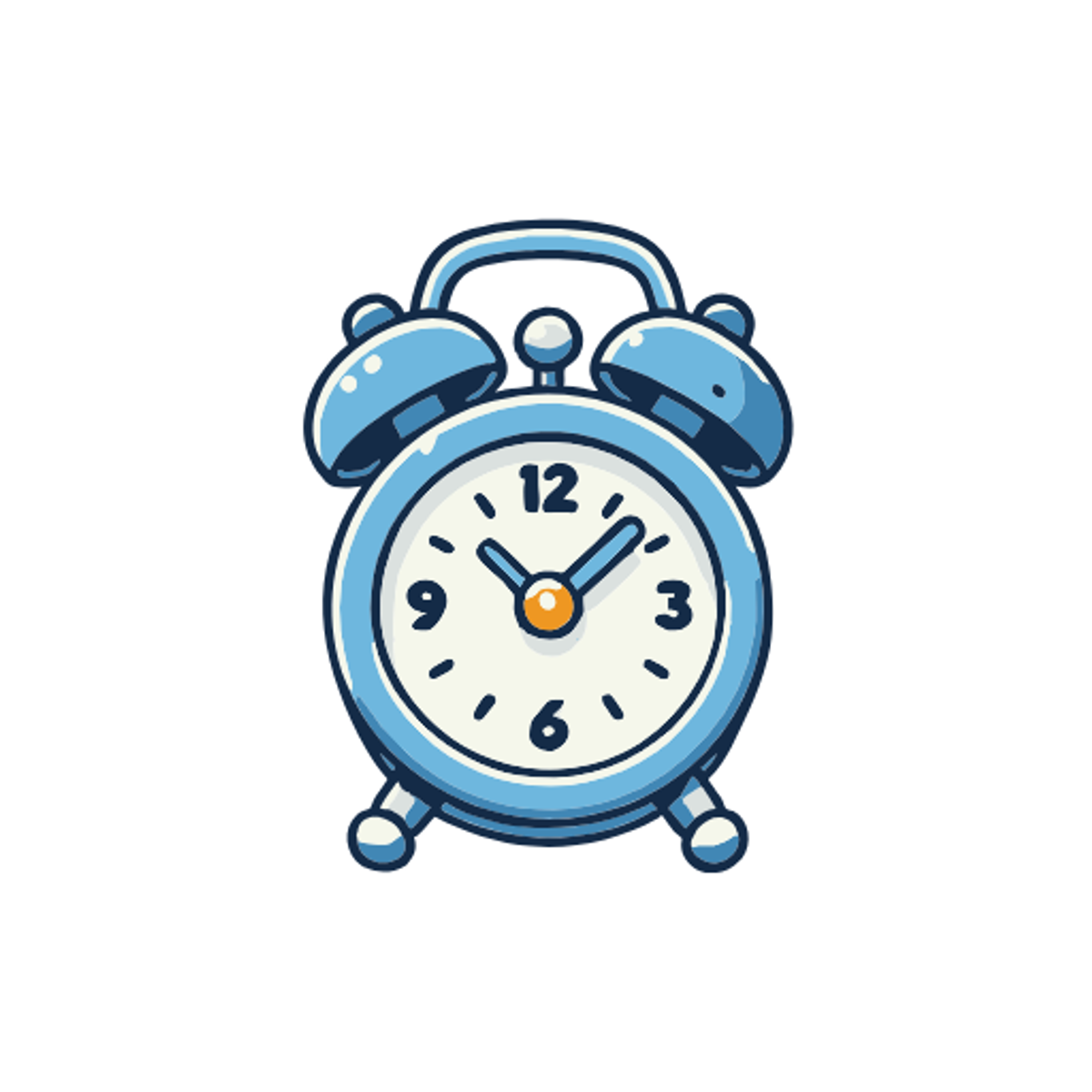Time Flies: Making the Most of the Season!
Dear Parents and Carers,
This week, as I have been greeting children at the front gate each morning, I have been chatting with them about how close we are to Christmas—it is now only 41 days away! It seems this time of year naturally brings a focus on different components of time and its measurement.
The Time of Year
We see these concepts popping up everywhere right now:
- Countdowns to exciting events like the summer holidays and Christmas.
- Advent calendars starting to appear in shops, marking the passing of days in December till Christmas
- The recent change of clocks for Daylight Saving, where we moved forward an hour.
- The change in seasons, moving from Winter to Spring and now moving towards summer and longer daylight hours.
These real-life events are perfect opportunities to talk about time with your children!
Time in the Classroom
Interestingly, time is a key component of the Victorian Mathematics Curriculum across all primary school levels.
- Prep students begin by learning to order events in a day, sequence familiar routines (like morning, afternoon, night-time), and compare the duration of different activities.
- By Grade 2, they move on to recognise and read the time represented on an analog clock to the hour, half-hour, and quarter hour.
- By Grade 4, the focus progresses to solve problems involving the duration of time, including situations involving ‘am’ and ‘pm’ and conversions between units of time (e.g., minutes to hours).
By Grade 6, they are learning how to measure, calculate, and compare elapsed time, as well as interpret and use timetables and itineraries to plan events and journeys.
How Parents Can Support at Home
Parents often ask how they can support their child's learning at home, and using real-life opportunities is one of the best ways to highlight the relevance of time.
- Make it practical: Point out and discuss the use of tools to tell the time, such as clocks, watches and timers (e.g., when baking or setting alarms).
- Connect Analog and Digital: Ask your child to read the time on an analog clock and then relate it to the digital time (e.g., "It's quarter past three, which is 3:15").v
- Calendar Skills: Use a calendar to mark important dates. Ask questions like: "How many sleeps (days) until Grandma visits?" or "How many weeks until we leave for our holiday?"
- Timetable Skills: Search online for a local bus, train, or tram timetable. Most public transport websites use the 24-hour clock (e.g., 07:30, 16:45). Plan a journey with your child.
- Language of Time: Use and explain specific time vocabulary in conversation. For example, explain that a fortnight means two weeks, or what noon and midnight mean.
- Duration Talk: Discuss the duration of activities: "It takes about 10 minutes to walk to school; how long is that in seconds?" or "Which is longer: reading for half an hour or watching a 45-minute show?"
- Advent Calendar Tip: Use your advent calendar to reinforce both counting and ordinal numbers. For example, ask your child: "What day is the 12th (ordinal number)" or "Which day is the third (ordinal number) of December?" or "What is under the fourth (ordinal number) window?" or "how many days are left (counting) till Christmas?"
By embracing these everyday opportunities, you can naturally reinforce the time concepts they are learning at school.
Kind Regards,
Conchita Thomas




